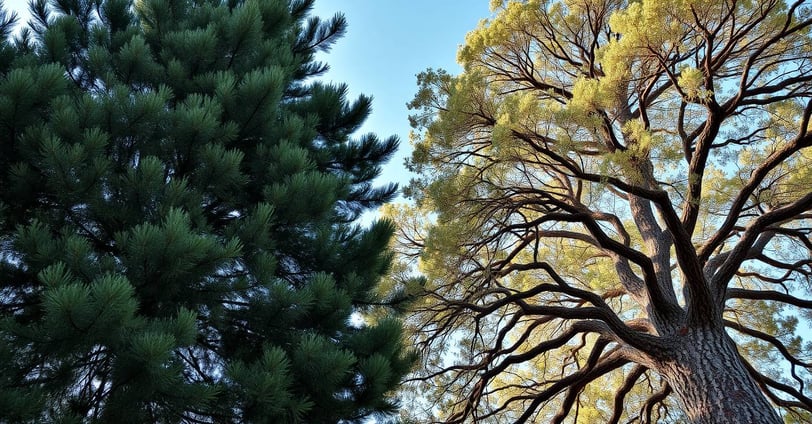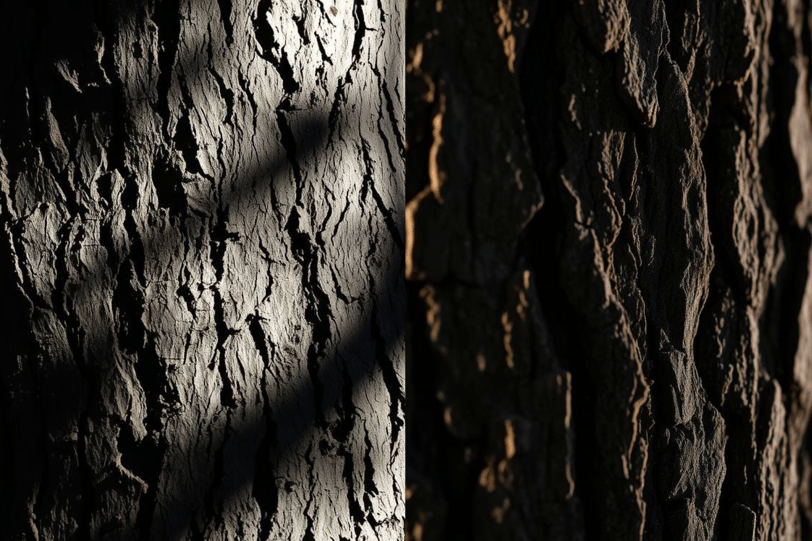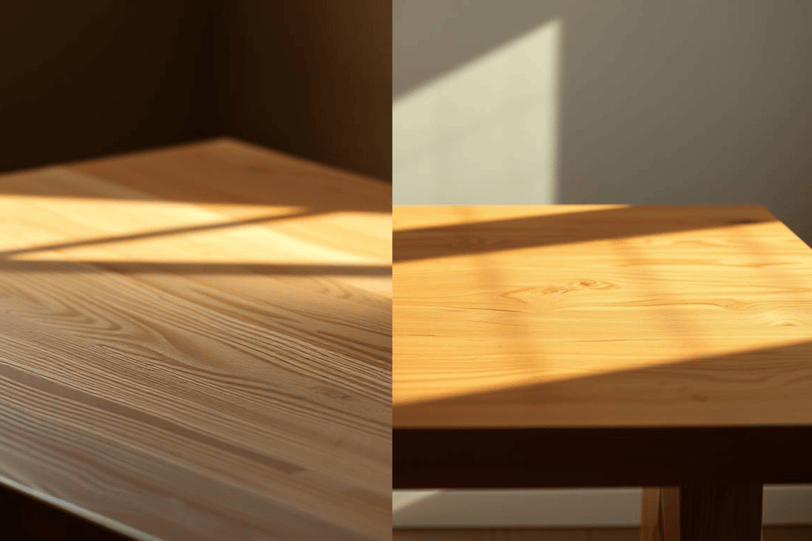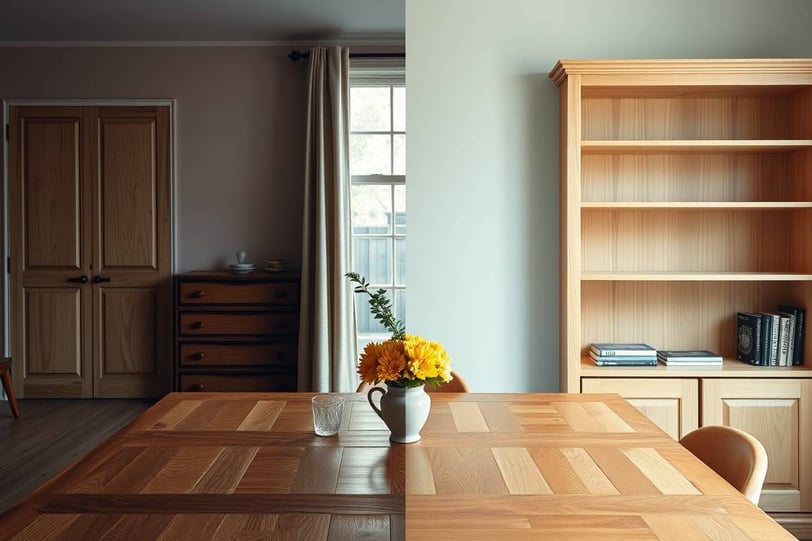What Is the Difference Between Hardwood and Softwood? A Simple Guide
What is the difference between hardwood and softwood? Learn how to tell them apart, their uses, and which one is best for your next woodworking or DIY project.


If you’ve ever wandered through a lumberyard or browsed wood options for a DIY project, you might have wondered, What is the difference between hardwood and softwood? I know I used to think it was all about how hard or soft the wood felt, but it turns out, there’s a bit more to it. Whether you're a woodworking enthusiast or just someone curious about materials for furniture, flooring, or home improvement, understanding the differences between hardwood and softwood can help you make the best choice.
The Difference Between Hardwood and Softwood: The Basics
At first glance, the names can be misleading. The key difference between hardwood and softwood isn’t necessarily their hardness—it’s about the type of tree they come from. Hardwood comes from deciduous trees (trees that lose their leaves seasonally), while softwood comes from evergreen trees (trees that keep their needles year-round).
To make things more interesting, some hardwoods can be softer than softwoods. For example, balsa—a well-known lightweight wood—is classified as a hardwood, while certain types of pine can be quite dense and durable. So, the real difference lies in their structure and growth patterns, not just their physical hardness.


How to Tell the Difference Between Hardwood and Softwood Logs
One of the easiest ways to tell the difference between hardwood and softwood logs is by looking at the bark and the grain. Hardwood logs usually have rough, textured bark and a more complex grain pattern. Softwood logs, on the other hand, tend to have smoother bark and a straighter grain. Additionally, hardwood logs often feel denser and heavier than softwood logs, which are generally lighter and easier to split.


How Hardwood and Softwood Differ in Everyday Use
1. Density and Durability
Generally speaking, hardwoods are denser than softwoods, making them more resistant to wear and tear. This is why hardwoods like oak, maple, and walnut are commonly used for furniture, flooring, and high-end cabinetry. Softwoods, like pine and cedar, tend to be lighter and easier to work with, making them ideal for construction, paneling, and outdoor furniture.
2. Growth Rate and Availability
Softwood trees grow faster than hardwood trees, which makes softwood more readily available and often more affordable. This is why softwoods like spruce and fir are widely used in construction and framing. Hardwoods, on the other hand, take longer to mature, which often makes them more expensive and considered a premium choice for fine woodworking projects.
3. Grain and Appearance
One of the first things I notice when working with different types of wood is their grain pattern. Hardwoods typically have a more complex grain structure, which can add a rich and decorative element to furniture and flooring. Softwoods usually have a straighter grain, giving a simpler, cleaner look that works well for rustic or minimalist designs.
4. Workability
If you love DIY projects, you’ll want to know how easy each type of wood is to work with. Softwoods are generally easier to cut, sand, and nail due to their lower density, making them perfect for beginners. Hardwoods, while more durable, can be more challenging to work with, often requiring specialized tools and extra patience.


Which One Should You Choose?
The choice between hardwood and softwood really depends on your project:
For flooring and furniture that need to last – Hardwood is your best bet.
For outdoor projects like decks and fences – Softwoods like cedar or treated pine work great.
For budget-friendly construction – Softwood is often the go-to.
For detailed woodworking and high-end finishes – Hardwood provides a beautiful, long-lasting option.
Final Thoughts
I’ve learned that picking the right type of wood isn’t just about hardness—it’s about understanding what you need for your project. The difference between hardwood and softwood comes down to more than just density; it’s also about durability, grain, and how they’re used. And if you're ever trying to figure out how to tell the difference between hardwood and softwood logs, just remember to check the bark, weight, and grain pattern.
